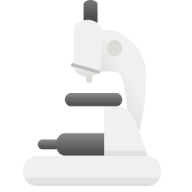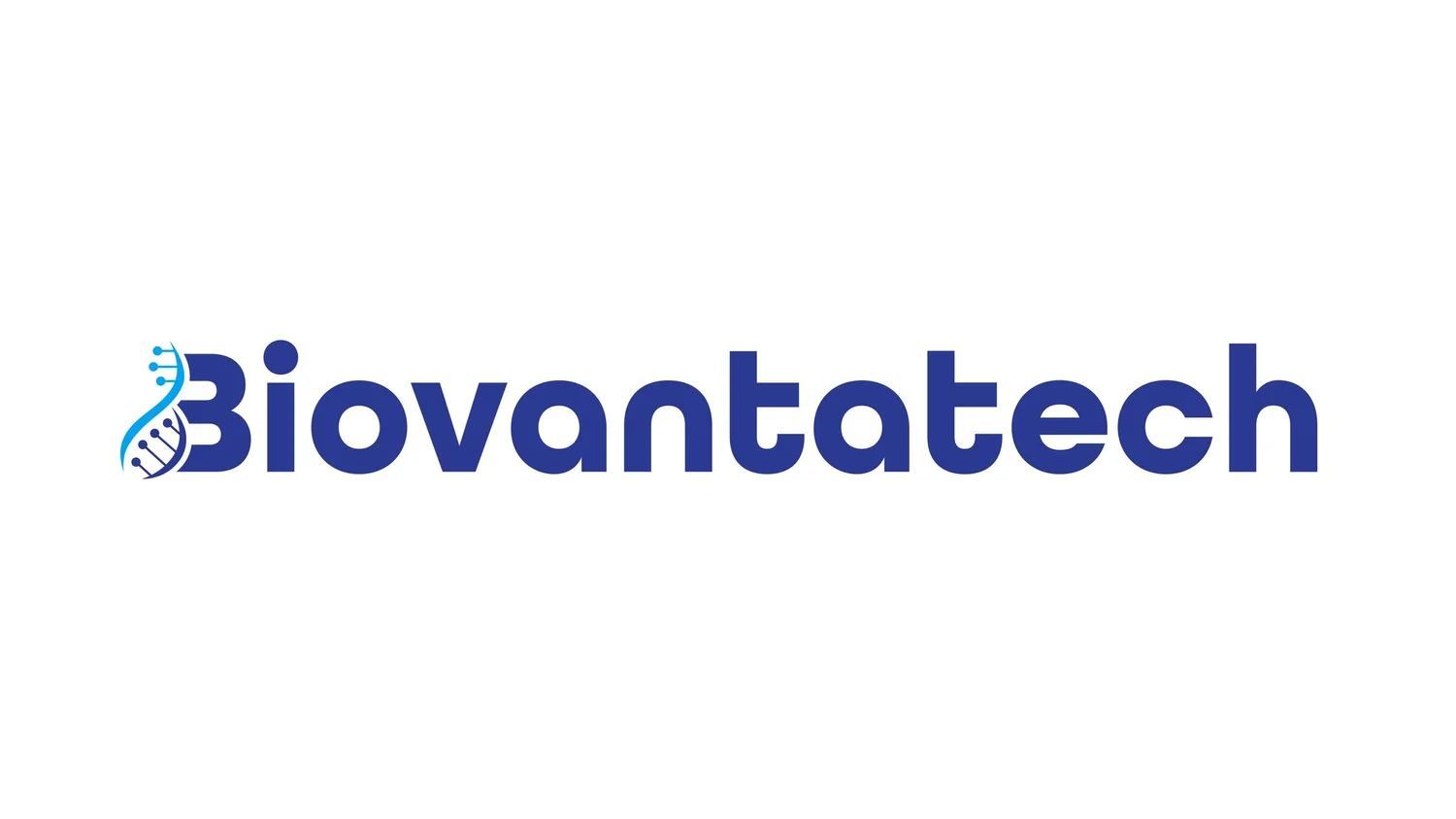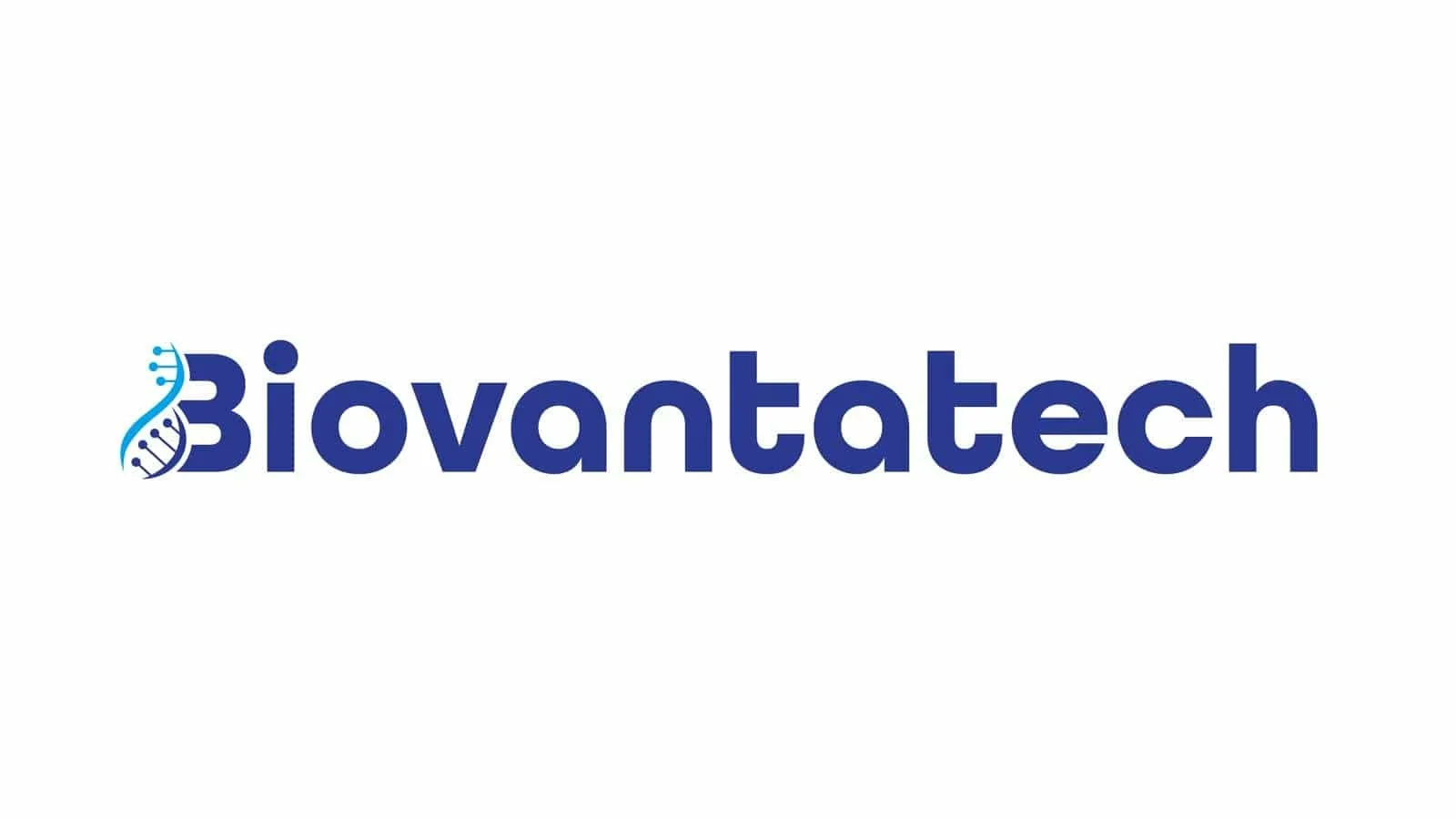Product Specifications: Human Metastatic Ovarian CAFs
Quality Assurance & Characterization
Our metastatic ovarian CAFs undergo rigorous validation to ensure research reliability:
Negative for: Endothelial (von Willebrand Factor/Factor VIII), epithelial (cytokeratin 18), and smooth muscle (α-SMA) markers
Positive for: CAF markers FAP, PDGFR, Vimentin, PDPN, and CD70
Sterility Testing: Confirmed free of bacteria, yeast, fungi, and mycoplasma
Expansion Capacity: Stable growth for 3-5 passages at 1:2–1:3 split ratios
Research Applications
Ideal for studying:
Metastatic niche formation and tumor-stroma crosstalk
ECM remodeling and therapy resistance mechanisms
Techniques: Co-culture assays, flow cytometry, PCR/Western blot, immunoprecipitation
Shipping & Handling
Delivered in cryovials on dry ice
For optimal viability:
Store in liquid nitrogen vapor phase (avoid –70°C)
Rapid thaw in 37°C water bath (~2 minutes)
Decontaminate vial with 70% ethanol before opening
Cell Recovery Protocol
Centrifuge (125 × g, 5–10 min) to remove cryoprotectant
Resuspend in fresh growth medium
Plate in AlphaBioCoat-treated flasks (6–8 mL coating solution, 15 min)
Maintain at 37°C, 5% CO₂ (pre-equilibrate medium to pH 7.0–7.6)
Subculture Instructions
Detach with 2–3 mL Cell Detachment Solution (5–15 min, 37°C if needed)
Replate at 1:2–1:3 ratio in freshly coated flasks
Refresh medium every 3–4 days
Cryopreservation
Use complete growth medium + 5% DMSO
Store long-term in liquid nitrogen vapor phase


